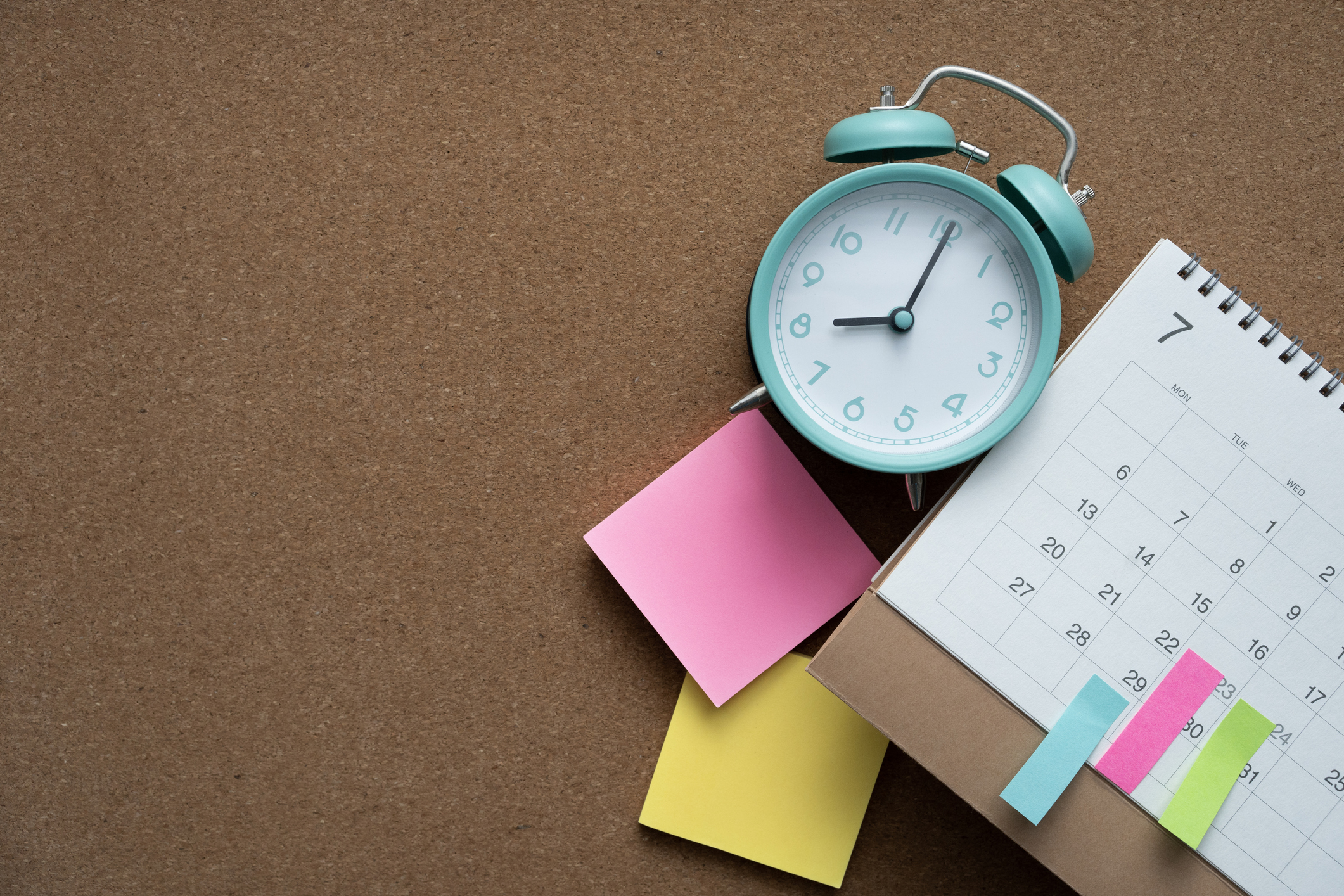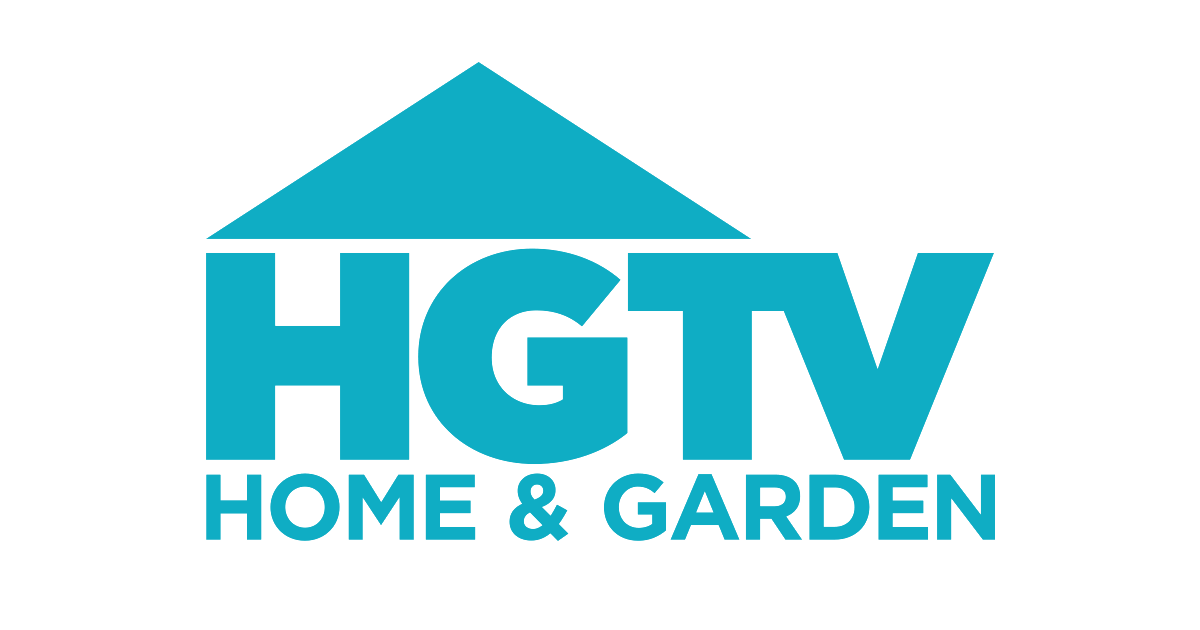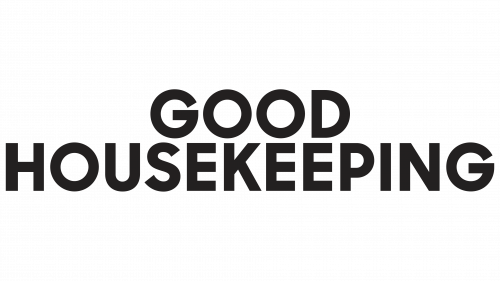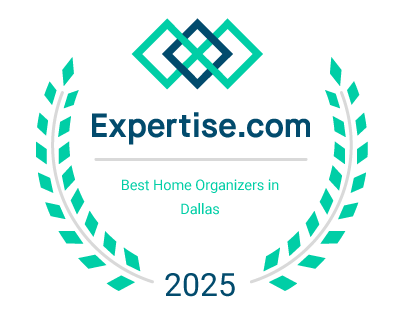Be Selfish with Your Organization for ADHD
One of the most difficult challenges to overcome when prioritizing yourself and your ADHD is accepting the fact that it is okay to be selfish. Putting yourself first and creating organizational systems that work best for YOU isn’t truly a selfish act because once you are effectively organized, it will make the lives of those around you (family members, coworkers, etc.) more effective as well.
How can I reframe my mindset and prioritize myself?
You are not being mean or lazy if you are selfish about your ADHD/organizational needs. You are managing a brain that moves faster than others and needs structure to function. Reframe the idea of “being selfish” to “creating structures for MY brain”.
One of the best things you can do to prioritize yourself is practice saying “no” more often. People-pleasing drains your limited attention, so when necessary, letting others know that you are unable to commit is enough. If a task is no longer relevant or is someone else’s priority, let it go! Give yourself permission not to finish it.
What can I do to organize my space to work best for ME?
When organizing and making your space work best for YOU, start small and “chunk” the tasks. Begin in a small area of the room or only focus on one room at a time to avoid overwhelm. Sort items into “homes”. If an item doesn’t have a “home” and a designated space to go back to? …It’s clutter!
We all know the phrase “out of sight, out of mind!”. To combat this, use clear containers, bins with no lids, and open shelves so you can always see everything. Label all containers and bins so that you can see the labels at any angle. This will reduce confusion and make it easy to locate an item’s home when putting things away.
Create zones that are ADHD friendly, such as:
- Daily Needs: keep items you need every day (keys, wallet/purse, etc.) near the door
- Command Center: create a (color-coded) command station with mail/schedules. Use my command center tips and possibly include a whiteboard for notes, messages, reminders, etc. Keep it somewhere visible/accessible to the entire family
- Distraction-Free Space: find a space for focused work away from loud noises, with an option of closing the door when needed. (Minimize the accessibility/use of technology in this space if you are able for even less distraction!)
How do I manage my time and productivity more efficiently?
To best accommodate your ADHD, time block your day. Identify what your most focused time of day is (ex: 9a-1p) and reserve that time for important tasks and work. Also, using timers can help break up your day into more focused work sessions.
Believe it or not, prioritizing short breaks after tasks is more productive than not doing so. Use the Pomodoro method and include a short break (25 minutes work/5 minute break) in between tasks so you don’t get overwhelmed or burnt out. Take a short walk, grab a snack, etc. Brief rest is important because you need downtime to refuel, but the keyword is brief! Avoid taking too much rest time by setting your timer.
Using visuals to prioritize your most important tasks will also help you be more productive and efficient. For example, use a color-coded system on your calendar (red = high importance, yellow = medium importance, etc.) Establish a list of priorities and put them into categories such as:
- Items that must be completed
- Things you can do if you have time/capacity
- Items that can be ignored for the time being
This way, you aren’t spending valuable mental energy on things that don’t matter or aren’t as important as other tasks. Stop multi-tasking – it’s a trap! Focus on one task, one reminder, one at a time.
Body doubling (working on a task in the presence of another person to improve motivation/focus) when able is also a very effective way to get things done. Body doubling will help to keep you accountable and increase productivity.
Why is it important to establish routines?
Establishing routines and creating habits is essential because without a routine you are likely to forget things thanks to your ADHD. Automate whenever possible, so it’s one less thing you must remember to do. This can include setting up auto-pay bills, scheduling grocery delivery of staple items you use regularly, etc.
Setting reminders also helps establish routines. If you have an Alexa or another virtual device, set regular reminders for yourself to remind you of important tasks or deadlines as needed. In your routines that you’re establishing, pick a time of the week to regroup and reset. During this time, evaluate your schedule/calendar and see if there are areas where you can reduce stimulation, minimize the number of commitments you take on, etc.
We understand the connotation of the word “selfish” is negative, but there are a ton of positives that will follow if you allow your ADHD to be front-and-center when organizing. If you read this and think, “I want this! I want to put myself first and change the way my ADHD affects me,” please reach out! Our inbox at info@sortedout.com is always open, and one of our professionals holding an ADHD Level I or ADHD specialist certificate would be happy to put YOU first.
Looking forward to hearing from you,
Tonia
Ready to get Organized?
Book a Call with Julie!
Request a Consultation
There are so many ways that organization can help take back a space that is overwhelming and bring it to functional!
We are excited to help start your journey to an organized and productive space.






